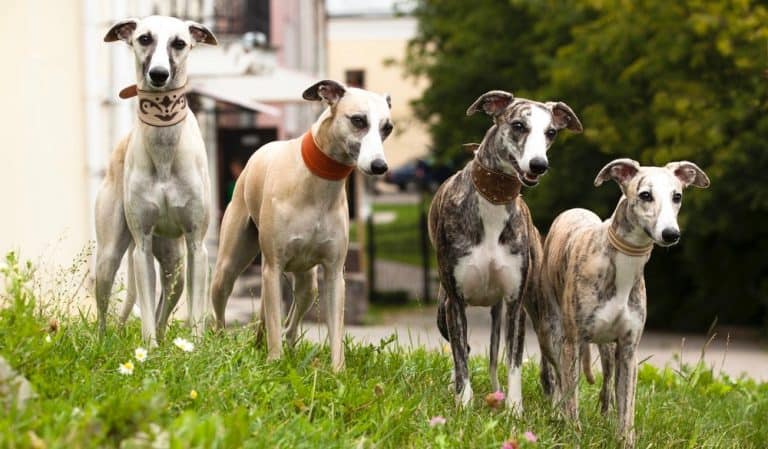Rat Terrier Growth Chart – Size & Weight Chart
If you have recently adopted a Rat Terrier, you may be wondering how big they get and when they stop growing.
A Rat Terrier growth chart will give you information about what to expect from every milestone your puppy will go through.
So how big does a Rat Terrier get? Rat Terriers come in different sizes: toy, miniature, and standard and their weight and height vary.
They can weigh anywhere between 4 and 35 pounds and stand at a height of around 8 to 23 inches. The final size of a Rat Terrier depends on the parental breed used when breeding.
This breed standard falls in the small to medium category and there are differences between the toy and standard Rat Terrier.
Read on to learn more about the Rat Terrier size chart, how genetics, diet, and exercise can affect their growth as well as the health conditions they can suffer from.
When Is A Rat Terrier Fully Grown?
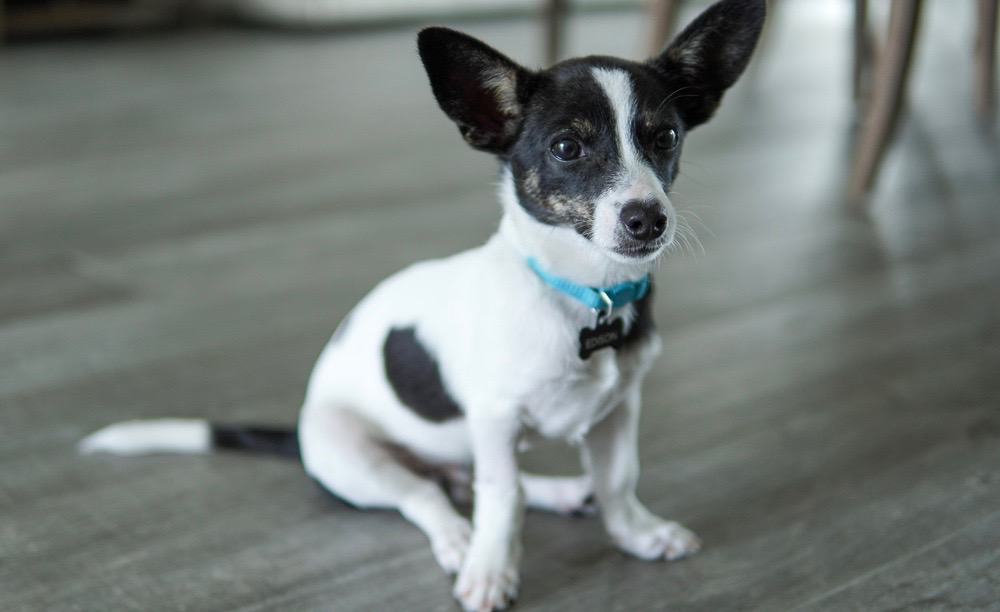
Rat Terriers take longer before they reach their adult weight and height and finally stop growing from puppyhood.
It also depends on whether your Rat Terrier is a standard, miniature, or toy. If they are small, they will take a shorter time but if they are large, they will take a longer time.
Typically, a Toy Rat Terrier reaches their adult size at 12 months old while a Standard Rat Terrier reaches their adult size at the age of between 15 to 18 months, and their weight will stabilize around the age of two years old.
Rat Terrier Size Chart
You should monitor the weight of your Rat Terrier to ensure that they are not overweight or underweight.
You can do this by regularly measuring their weight at home or when you visit the vet, say monthly.
Keeping a Rat Terrier weight chart with you will ensure that you notice any changes in your dog’s weight sooner to prevent any health conditions associated with weight gain or loss.
As adults, a Standard Rat Terrier should weigh between 12 and 35 pounds, a Miniature should weigh around 6 to 8 pounds, and a Toy should weigh around 4 to 6 pounds.
Rat Terrier Weight Chart
| Rat Terrier | Decker Rat Terrier | Mini Rat Terrier | Toy Rat Terrier | |
|---|---|---|---|---|
| Weight | 15 - 25 lbs | 22 - 40 lbs | 10 - 18 lbs | 5 - 10 lbs |
| Height | 13 - 16 inch | 16 - 19 inch | 13 - 15 inch | 10 - 12 inch |
| Full Grown | 10 - 12 months | 12 months | 8 months | 8 months |
Rat Terrier Growth Chart – What to Expect
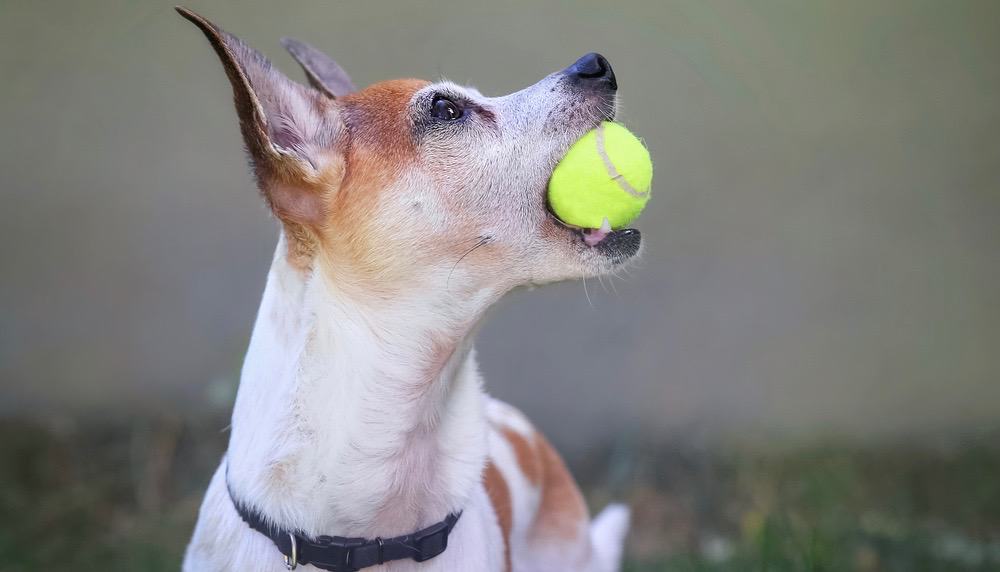
The following is what to expect from a Rat Terrier growth chart:
Birth – 2 Weeks
This is the neonatal phase where the puppy is considered a newborn. The puppy cannot see or hear because their ears and eyes are still closed.
However, their sense of touch and smell are developed. At this stage, the mother does all the work including feeding, cleaning, and providing warmth to the puppy.
3 Weeks – 12 Weeks
This is the transitional and socialization stage for the puppy. First, their eyes and ears open allowing them to notice and become aware of their environment.
Then their first teeth erupt meaning that they can now eat solid puppy food.
The puppy should be fully weaned by the time they reach the age of 8 weeks so that they can move to their new home.
Once the puppy is home, you can introduce house training, socialization, and obedience training. Vaccination and deworming should also be done at this stage.
4 Months – 9 Months
This is the phase where your puppy reaches puberty. They will show increased disobedience, stubbornness, and marking or territories.
They can show signs of fear, which is natural at this stage, so there is no need to worry. They will also show their dominance as they want to be the leader of the pack.
Continued training on obedience and socialization will ensure that they know you are the leader. This is also the time to spay or neuter your Rat Terrier, so speak to your vet about it.
At this stage, your puppy is full of energy, therefore, exercising them will ensure that they are mentally and physically stimulated.

10 Months – 18 Months
This is the phase where your Rat Terrier reaches their adult size and weight. The timing depends on which size they are.
They also portray their character as a breed at this stage by being loyal, respectful, intelligent, and very social. You should slowly transition your Rat Terrier from puppy food to adult food with the help of your vet.
Adult
Rat Terriers become adults when they are mentally, emotionally, sexually, and physically mature.
However, some dogs may never mature mentally at all and remain energetic, alert, feisty, and goofy. This is because mental maturity depends on individual dogs.
As an adult, your dog needs your attention and care so that he can live longer and be healthy.
This involves feeding them lean protein to maintain muscle mass and vitamins and minerals to improve their immune system. Also, exercise them daily so that they can maintain a healthy weight and be active.
How Big Do Rat Terriers Get?
Do you want to know how big your Rat Terrier is going to get? Look at their parents, paw size, or do a DNA test. These methods will help you to predict the adult size of your puppy.
First, if you bought your Rat Terrier from a breeder, ask them for the size information of your puppy’s parents.
This is because physical characteristics are transferred from parents to puppies. So, the average size of the parents is an estimation of your puppy’s size as an adult.
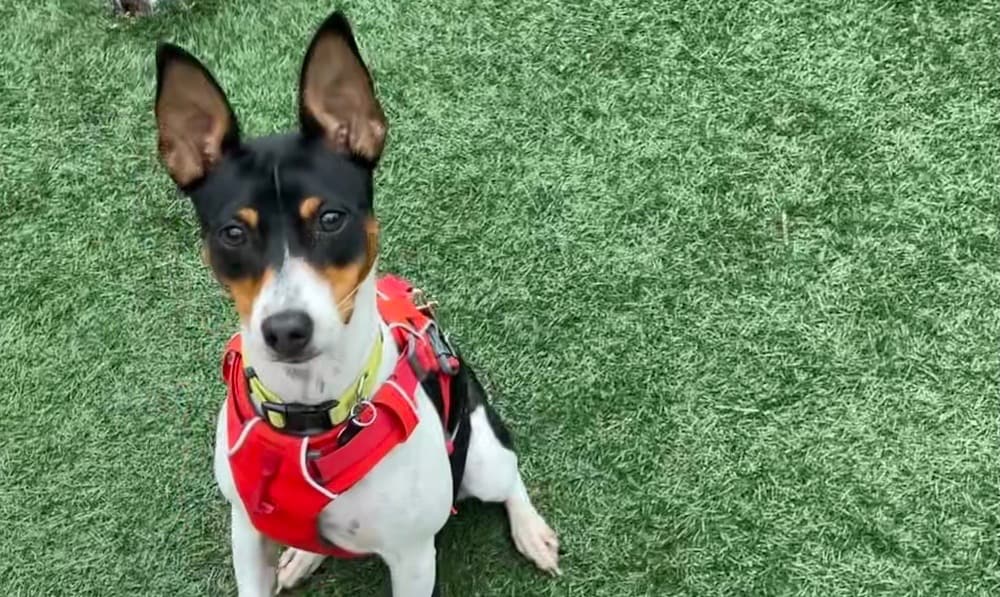
The paw size is another indication of how big your puppy will get. If they are unusually large, it means that your puppy is still growing to fill out their body and legs so that they are proportional.
Finally, if you do not have information about the parents of your puppy, you can do a DNA test and you can use the results to predict how big your puppy will get.
On average, a Toy Rat Terrier weighs between 4 to 6 pounds with a height of between 8 to 12 inches.
A Miniature Rat Terrier weighs about 6 to 8 pounds with a height of around 8 to 14 inches. A Standard Rat Terrier weighs around 12 to 35 pounds with a height of around 14 to 23 inches.
Will Neutering/Spaying My Rat Terrier Affect His Growth?
Spaying is when the uterus and ovaries of a female dog are removed while neutering happens when the testis of a male dog is removed.
These procedures should be done when your Rate Terrier is between the ages of four and nine months. This is to allow the growth plates of your dog to close.
If spaying or neutering is done too early, your dog may grow taller than average because they lack the hormones to tell the growth plates to close. Consult with your vet to know exactly when to spay or neuter your Rat Terrier.
Spaying reduces the risk of uterine infections, breast cancer, and prevents pregnancy while neutering helps prevent testicular cancer and will ensure that your dog is in his best behavior by preventing territorial and aggressive behaviors.
Rat Terrier Height Chart
Measuring the height of your Rat Terrier at home will enable you to have the right measurements which you can use to buy them the right kennel, kennel door, harness, and clothing.
If your dog also participates in shows and competitions, you are required to present their height measurements.
Let your Rat Terrier stand straight on a flat surface. Then take a measuring tape and measure from the ground to the withers. The result is your dog’s height.
On average, Toy Rat Terriers have a height of 8 to 12 inches, Miniature Rat Terriers stand at around 8 to 14 inches, and a Standard Rat Terrier stands at a height of 14 to 23 inches.
Jack Russell vs. Rat Terrier Size
The Rat Terriers stand tall at about 8 to 23 inches at their shoulder and weigh between 4 to 35 pounds when they are fully grown.
The size variance depends on whether they are standard, miniature, or toy. The parent breed determines the final size of a puppy. This breed, however, falls in the small-medium classification.
A Toy Rat Terrier reaches a height of about 8 to 12 inches and weighs between 4 to 6 pounds.
The Miniature Rat Terrier grows to an average height of about 8 to 14 inches and weighs between 6 to 8 pounds. A fully grown Standard Rat Terrier stands tall at about 14 to 23 inches and weighs between 12-35 pounds.
Jack Russells also varies widely in size. The height range is between 10 to 15 inches tall and the weight is between 13 to 17 pounds.
Factors That Affect Rat Terrier Growth
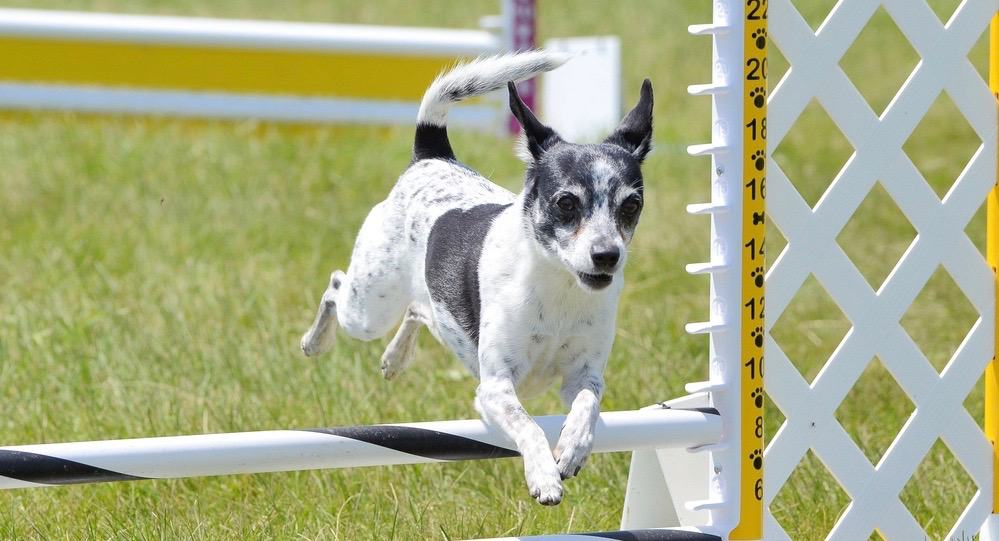
Genetics and Gender
Genetics is an important factor in the growth and size of a Rat Terrier. Rat Terrier size is influenced by the parent breeds.
Therefore, if you are looking for this breed, you must ask the breeder about the information of the parental breed.
Ensure to have a look at their parent breeds and discuss the size of their previous litters. Females are slightly smaller than males.
Nutrition
Rat Terrier needs high-quality dog food, whether home-prepared or commercially produced. The diet should be appropriate to the age of the dog to ensure that they get the required nutrients.
Watch the weight of your Rat Terrier to ensure that they are within the right weight range for their age. Provide clean and fresh water always.
Lastly, if you have any concerns about the diet or weight of your puppy, check with your vet.
Physical Activity and Health
Rat terriers require outdoor exercises such as tennis-ball-chasing and other playful activities. Exercise your dog within a fenced enclosure to prevent the dog from going off the lead.
They are quick runners and need space and time to exercise. At least 40 minutes of daily exercise is required to prevent your Rat Terrier from becoming destructive.
What If My Rat Terrier Is Not the Right Weight?
Keep your Rat Terrier at a good weight because they have thin legs and a delicate structure. They should be very lean.
Rat Terriers should not carry any extra weight even an extra pound, because it can cause limb and joint problems, and the dog can be prone to injury.
Excess weight puts this breed at high risk during surgery. Being overweight poses many risks to the dogs and can affect their daily activities as well as reduce their lifespan.
Being underweight has health risks such as muscle wasting, skin disorder, anemia, physical fatigue, and mental confusion.
However, Rat Terrier can be a little too thin than a little too heavy. Therefore, pay close attention to your Rat Terrier’s weight to ensure they are healthy, feeling good, and living a high-quality life.
Rat Terrier Genetics and Common Health Problems
The Rat terriers are generally healthy but prone to certain health conditions like other dogs. Not every Rat Terrier will get any of the diseases but be aware of them:
Allergies are a common health condition in dogs. These are food allergies, contact allergies, and inhalant allergies.
Allergies treatment varies according to the cause and can include environmental change, medication, and dietary restrictions.
Patellar luxation is a common problem in small dogs, also known as slipped stifles. This happens when the knee joint slides in and out of place causing pain. Many dogs can live well with this condition, but it can be crippling.
Demodectic mange is sometimes called Demodicosis. A mother can pass to the litter days after birth. When you find that your dog has this condition visit your vet as soon as possible.
Incorrect bites or Malocclusion is a slightly deformed jaw structure that leaves the jaw misaligned. There are three types of incorrect bites often seen in the Rat Terriers.
Overshot bite happens when the upper jaw extends past the lower jaw causing difficulties in grasping.
Undershot bite is where the lower jaw extends past the upper jaw; this causes difficulties but can be corrected through surgery. A wry mouth is a twisting of the mouth due to one side growing faster than the other side.
Final Words
Hopefully, this article provides all the essential information you need to know about the Rat Terrier growth chart.
Rat Terriers come in a variety of sizes depending on their parental lineage and genetics.
Generally, these dogs are strong, fast, and compact which were great tendencies and traits to have back when they were working dogs in the past.
These dogs love to play and run around, so you should have enough space outside when you adopt them.
Along with exercise, a well-balanced meal will ensure that your Rat Terrier reaches their optimal growth and becomes a healthy dog.


